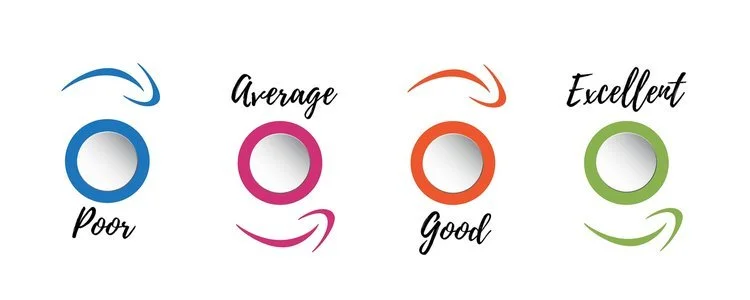Shaping Public Policy - The Anchor Problem
Consider this question. You are in the market for a new hybrid vehicle. Several of your friends have had one for years and love theirs. When you ask how much they paid, you get figures in the range of $28,000 - $33,000. When you go looking, you find one you like for $27,000. You’re excited and buy it. Later, talking to another friend who just bought a hybrid with essentially the same features for $23,000, you’re flabbergasted. How is this possible you wonder? Welcome to the anchoring effect.
First theorized by two cognitive psychologists, Amos Taversky and Daniel Kahneman, the anchoring effect suggests that we tend to “anchor” or rely too heavily in our decision making on a single piece of data to the exclusion of other information. Once the anchor is set, it dominates our thinking and moves us in the direction of the anchor. We don’t even look for other information. So when you bought the car, you expected to pay at least $28,000 and did not even think it possible to find one for considerably less.
In politics, as in buying cars, anchors can impact decision making when we are not aware of it. In fact, an anchor by definition operates in the recesses of our minds. For example, when Republicans in Congress promise to cut $100 billion from the federal budget, that figure becomes an anchor. It shapes our view of what to do, our view of their success or failure, and the debate revolves around that figure. How different would our thinking be if the anchor was $1 trillion, or $10 billion?
Not all anchors are numbers. When Democrats established a goal of providing near-universal health care, that became an anchor that shaped both the debate about health care and the evaluation of how well the Democrats did. Everyone – press, politicians, pundits, public - focused on the major proposals, cutting off deeper analysis and other alternatives.
In politics, anchors shape the debate in the public square, rule in what is relevant to discuss and what is not, and suggest which solutions are worth considering and which ones are not. Anchors push policy in certain directions and cause us to lose sight of other choices. Indeed, anchors in politics operate as answers, so that once in play they focus attention on agreement/disagreement with the answer and ignore whether we are evening addressing the correct questions. Thus, they can lead us to miss underlying problems and thwart a systemic analysis of issues.
To the extent you believe the public mood has shifted to the right of the political spectrum in recent years, anchoring may be at work. Questions that might be asked about reducing the debt, for example, seem anchored in a conversation in which tax increases are off the table.
Winning elections is to some degree about creating anchors – about getting the public to view a problem in a certain way and accept the solutions a candidate or party has proposed. So expect a lot of efforts at anchoring in the next two years. Indeed, the party that anchors best may do best at the polls. Unfortunately, once anchors are set, they can actually make it harder for those who have set them to govern once elected. For anchors by definition weigh you down, and in a world with complex problems, holding ourselves in a limited thinking space is not in our interests.
Photo Credit: Thomas Kohler







